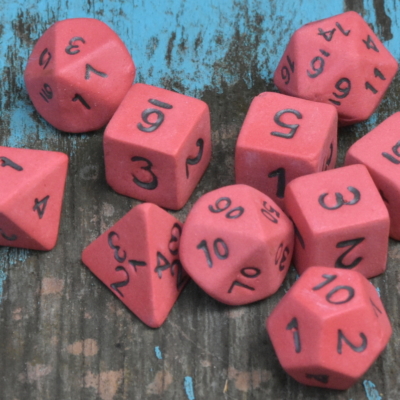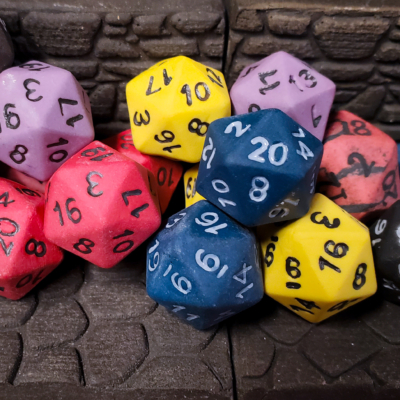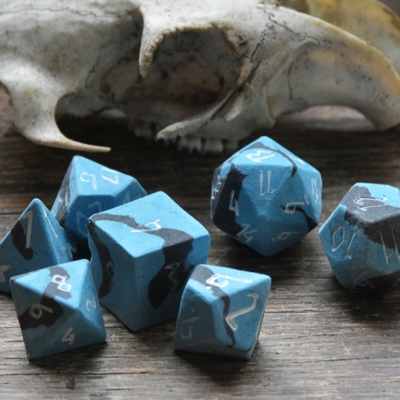Mastering Paladin Challenges: Handling Problem Players with Finesse
Engaging in tabletop games like Dungeons & Dragons is a thrilling adventure that allows players to step into the shoes of mighty heroes. However, every seasoned Dungeon Master (DM) knows the challenge of dealing with problem players, especially when it involves paladins. These noble warriors often come with strict codes of conduct that can clash with the dynamics of the game. Whether you’re a beginner or an advanced player, understanding how to handle these situations is crucial for maintaining harmony at your table.
Understanding the Paladin’s Code
Paladins are bound by their oaths, which can create unique challenges in gameplay. Their commitment to righteousness and justice can sometimes lead to conflicts within the party or disrupt the narrative flow. For beginners, it’s essential to understand that a paladin’s code isn’t just about restrictions; it’s about guiding principles that add depth to role-playing.
Tips for Beginners
- Communicate Openly: Before starting your campaign, have a conversation about character expectations and potential conflicts.
- Flexible Narratives: Allow flexibility within the storyline to accommodate different interpretations of a paladin’s oath.
Advanced Strategies
- Create Ethical Dilemmas: Challenge advanced players by presenting moral quandaries that test their interpretation of their oaths.
- Group Dynamics: Encourage group discussions on how best to handle decisions involving ethical conflicts.
The Sandstorm Ceramic Dice Set is perfect for rolling those critical decisions during intense moral debates. Its exquisite design adds an extra layer of authenticity and elegance to your game sessions.
Managing In-game Conflicts
Conflicts may arise when players interpret their roles differently. It’s vital for DMs and players alike to navigate these disagreements constructively:
- Set Boundaries Early On – Establish what actions will be considered acceptable or unacceptable in your campaign.
Mastering Paladin challenges can be a thought-provoking and enjoyable aspect of tabletop games like Dungeons & Dragons. As a Dungeon Master, managing problem players, particularly those playing paladins, can be a bit tricky. These virtuous warriors are bound by a code of conduct that can sometimes spar with the game’s dynamics. The code, however, is not just about restrictions but serves as guiding principles that enhance role-playing depth. Whether you’re a novice or an experienced player, it’s pivotal to know how to manage these situations to maintain harmony during your game sessions.
Paladins are unique in their commitment to justice and righteousness, which can sometimes lead to intra-party conflicts or narrative disruption. Particularly for beginners, it’s essential to perceive a paladin’s code not just as a set of prohibitions but as a set of guiding principles that add depth to their role-playing. Before you even start your campaign, communicate openly about character expectations and potential conflicts. Build flexibility into your storyline to accommodate different interpretations of a paladin’s oath.
For more advanced players, consider creating moral quandaries that test their understanding of their oaths. Inviting group discussions on how to best handle decisions involving ethical conflicts can stimulate engagement and cooperation within the group. The Sandstorm Ceramic Dice Set, with its exquisite design, makes an excellent tool for rolling those critical decisions during heated moral debates. It adds an extra layer of authenticity and elegance to your gaming sessions. In-game conflicts can arise when players interpret their roles differently. Therefore, it’s crucial for DMs and players to resolve these disagreements constructively. Early in your campaign, establish boundaries defining what actions will be considered acceptable or unacceptable. This approach will help maintain a pleasant and respectful gaming environment.
-
Fireball Ceramic Dice Set
Select options This product has multiple variants. The options may be chosen on the product page -
-
Runic Dark Castle Ceramic Dice Set
Select options This product has multiple variants. The options may be chosen on the product page






